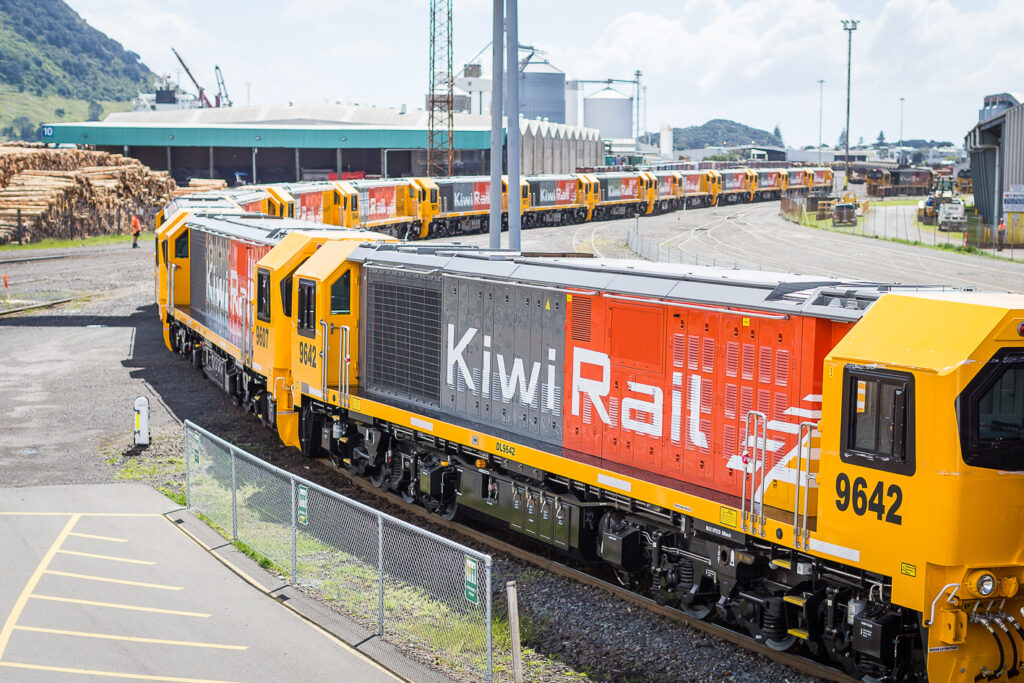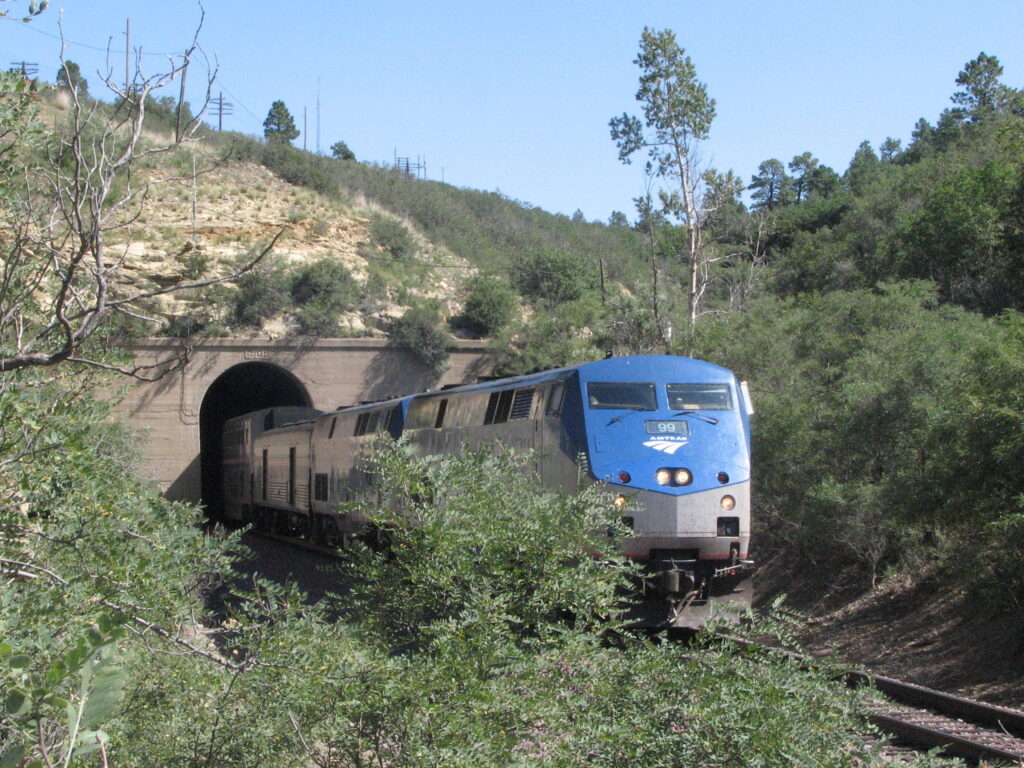Business News Cargo News Consumer News Coronavirus Covid-19 Economic News Economy News Finance News Global Politics International News Light Rail News New Zealand Kiwi News Pacifica Railroad Railroad News Shipping News Train news transport Transportation Transportation News travel Travel news
COVID-19 Impacts KiwiRail’s Fiscal Year 2020 Result
The COVID-19 pandemic had a significant impact on KiwiRail’s bottom line for the past financial year, but rigorous operational changes and cost savings measures have helped stabilise the business, KiwiRail chairman Brian Corban says. KiwiRail…

